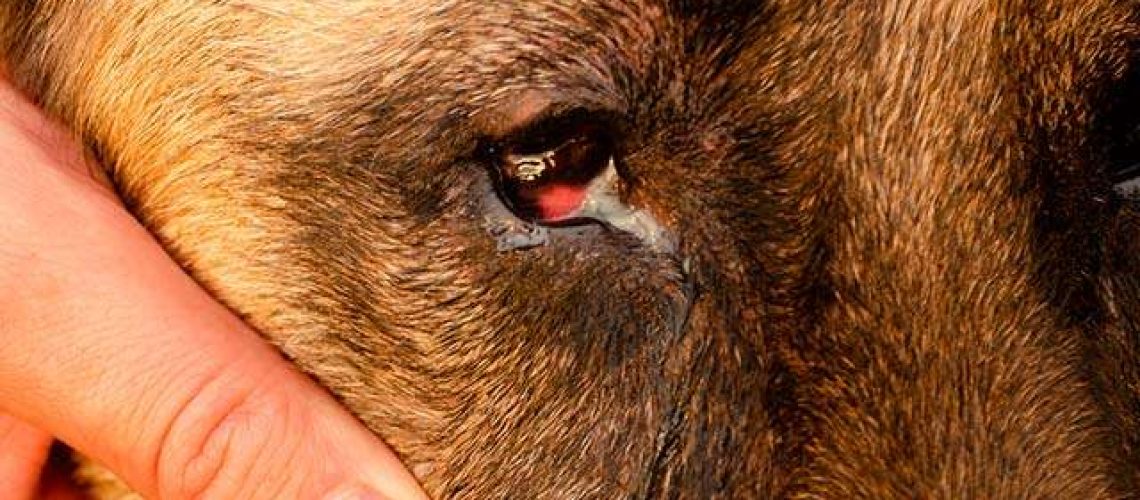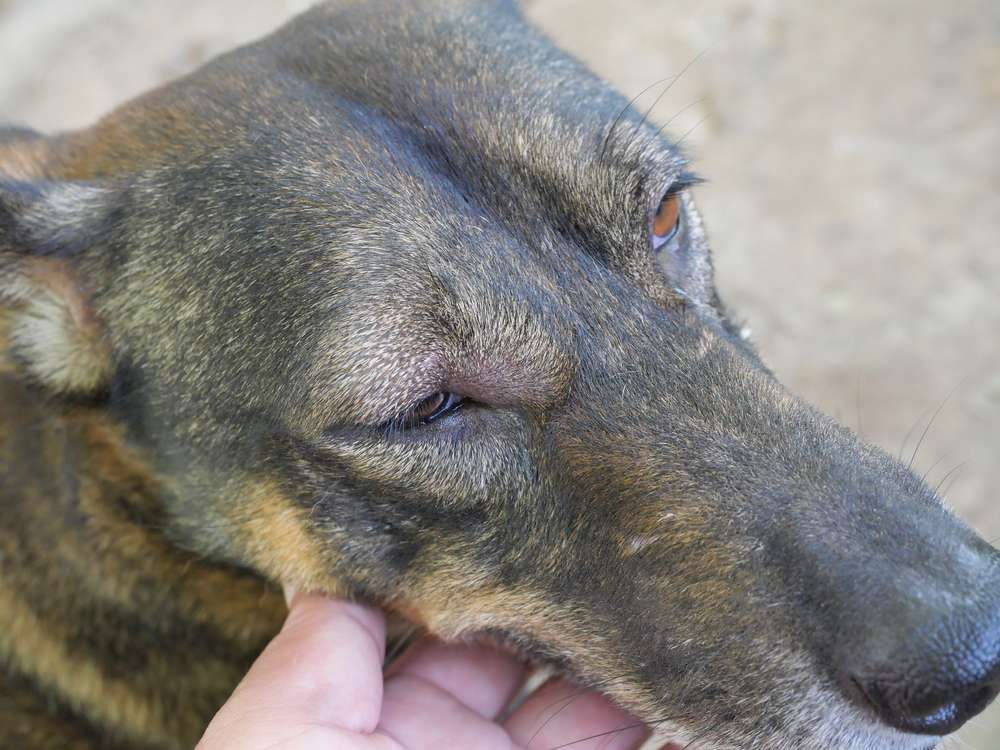Key Takeaways:
- Eye injuries in dogs can be caused by various factors such as trauma, foreign objects, infections, or underlying health conditions.
- Common signs of eye injuries in dogs include redness, swelling, discharge, excessive blinking, squinting, or changes in the appearance of the eye.
- If you suspect your dog has an eye injury, it is important to seek veterinary attention promptly to prevent further damage and potential vision loss.
- Avoid attempting to treat the eye injury at home without professional guidance as this may worsen the condition or cause additional harm to your dog's eyes.
- Prevention is key in avoiding eye injuries in dogs. Keep hazardous objects out of reach, regularly check for foreign bodies or irritants near your dog's eyes, and maintain regular veterinary check-ups to catch any potential issues early on.
Are you a dog lover? If so, then you already know how important it is to keep our furry friends safe and healthy. One area that often gets overlooked is the well-being of their eyes. Did you know that eye injuries are one of the most common health issues faced by dogs? Understanding this topic is essential because it can help us prevent these injuries and ensure our beloved pets live a happy and pain-free life. In fact, research shows that 20% of dogs will experience an eye injury at some point in their lives. So, if you want to be a responsible and caring dog owner, join me as we explore the world of eye injuries in dogs and discover how we can protect our four-legged companions from unnecessary suffering. Let's dive in and become champions for our furry friends' vision!
Common Causes of Eye Injuries in Dogs
Dogs can be prone to eye injuries due to various reasons. One common cause is foreign objects getting into their eyes, such as dust, dirt, or plant materials. These objects can irritate the eyes and cause redness, swelling, and discomfort. Another common cause is trauma to the eye, which can happen during playtime or if the dog gets into a fight with another animal. Additionally, some dogs may develop eye injuries as a result of certain medical conditions like dry eye or corneal ulcers.
To prevent eye injuries in your furry friend, it is important to keep their environment clean and free from debris that could get into their eyes. Regularly check their play areas for any potential hazards. If you notice any signs of an eye injury, such as excessive blinking, redness, discharge, or squinting, it is crucial to seek veterinary attention immediately.
Signs of Eye Injuries in Dogs
It's essential for dog owners to be able to recognize the signs of an eye injury in their pets. Some common signs include redness and swelling around the eye area, excessive blinking or squinting, discharge from the eyes (which can be clear or pus-like), cloudiness or changes in the color of the eyeball itself, and pawing at the affected eye.
If you notice any of these signs in your dog's eyes, it's important not to ignore them. Ignoring an eye injury could lead to further complications and potentially permanent damage. Instead, take your dog to a veterinarian as soon as possible for a proper diagnosis and appropriate treatment.
Immediate Steps for a Dog with an Eye Injury
If you suspect that your dog has hurt its eye, there are some immediate steps you can take to help alleviate their discomfort and prevent further damage. However, it's crucial to remember that these steps should only be taken if it is safe for both you and your dog. If your dog is in severe pain or showing signs of aggression, it is best to seek professional veterinary help.
Step 1: Assess the Situation
Start by carefully examining your dog's eye from a safe distance. Look for any obvious signs of injury, such as foreign objects stuck in the eye or visible cuts or scratches. Do not attempt to touch or remove anything from the eye yourself, as this could cause further damage.
Step 2: Flush the Eye
If there are no obvious objects in the eye, you can try flushing it gently with sterile saline solution or lukewarm water. Use a clean dropper or syringe (without the needle) to administer the fluid into the corner of your dog's eye while they are lying down. This can help wash away any irritants and provide temporary relief.
Step 3: Protect the Eye
To protect your dog's injured eye from further harm, consider placing an Elizabethan collar (also known as a cone) around their neck. This will prevent them from scratching or pawing at their eyes, which could worsen the injury.
Remember, these steps are only temporary measures and should not replace professional veterinary care. It is essential to seek veterinary attention as soon as possible to ensure proper diagnosis and treatment for your dog's eye injury.
Tips for Preventing Eye Injuries in Dogs
Prevention is key when it comes to protecting your furry friend from eye injuries. Here are some tips to help keep your dog's eyes safe:
- Keep your dog's environment clean and free from debris that could get into their eyes.
- When playing outside, avoid areas with tall grass or plants that could potentially harm their eyes.
- Avoid using harsh chemicals or cleaning agents near your dog, as these can irritate their eyes.
- Regularly trim the hair around your dog's eyes to prevent it from poking or irritating their eyes.
- During car rides, secure your dog properly to prevent them from sticking their head out of the window where debris could enter their eyes.
- If your dog participates in activities like swimming or hiking, consider using protective goggles specifically designed for dogs to shield their eyes from potential hazards.
By following these preventative measures, you can significantly reduce the risk of eye injuries in your beloved canine companion.
Dog Breeds Prone to Eye Injuries
While any dog can potentially experience an eye injury, some breeds are more prone to certain types of eye problems. For example:
Pugs and Bulldogs
Pugs and Bulldogs have prominent eyes that are more exposed and vulnerable to injury. Their shallow eye sockets make it easier for foreign objects to enter and cause damage. These breeds are also prone to conditions like dry eye and corneal ulcers.
Cocker Spaniels
Cocker Spaniels are susceptible to a condition called cherry eye, where the gland in the third eyelid becomes prolapsed. This can lead to irritation and potential injury if left untreated.
Shih Tzus
Shih Tzus often have long hair around their eyes, which can irritate the cornea or get tangled in the eyelashes, leading to potential eye injuries.
It's important to be aware of these breed-specific vulnerabilities and take extra precautions to protect their eyes. Regular veterinary check-ups and proper grooming can help identify and address any potential issues before they become serious.
Treatment Options for Dogs with Eye Injuries
The treatment options for dogs with eye injuries vary depending on the type and severity of the injury. It is crucial to consult a veterinarian for an accurate diagnosis and appropriate treatment plan. Here are some common treatment options:
Medication
If the eye injury is caused by inflammation or infection, your veterinarian may prescribe topical or oral medications such as antibiotics, anti-inflammatory drugs, or lubricating eye drops to reduce swelling, prevent infection, and promote healing.
Surgery
In more severe cases, surgery may be necessary to repair damage to the eye. This could involve removing foreign objects, suturing lacerations, or correcting abnormalities like eyelid entropion (inward rolling of the eyelid).
Protective Measures
To aid in the healing process and prevent further injury, your veterinarian may recommend using an Elizabethan collar (cone) to prevent your dog from scratching or rubbing their eyes. They may also provide instructions on how to clean and care for your dog's injured eye at home.
It is essential to follow your veterinarian's advice closely and attend all recommended follow-up appointments to ensure that your dog's eye injury heals properly. Early detection and prompt treatment can significantly improve the chances of a successful recovery.
In conclusion, eye injuries in dogs can be serious and should not be ignored. It is important for dog owners to seek veterinary care immediately if their pet experiences any signs of eye injury to prevent further damage and ensure their dog's health and well-being.
Can a dog eye injury heal on its own?
Is it possible for a dog's eye injury to heal without medical intervention? In certain situations, yes. Some injuries such as corneal ulcers or scratches may heal naturally, but it is still important to have a veterinarian evaluate them. However, if an infection occurs or if there is foreign material like a grass seed stuck in the eye, the consequences can be serious.
How do you treat eye injuries in dogs?
To prevent your dog from rubbing its injured eye, a basic injury may be treated with an e-collar. Prescription antibiotics or drops may also be necessary. However, if your dog is experiencing a severe eye problem, surgery may be necessary to fix the eye and protect your pet's vision.
How do I know if my dog's eye injury is serious?
In order to avoid worsening your dog's eye injury, it is crucial to bring your dog to the veterinarian if you observe any of the following signs: overall discomfort, eyelid twitching or spasms, and squinting. This advice was given on November 27, 2020.
What does trauma to a dog's eye look like?
Certain injuries may impact a dog's ability to fully open its eye. If the white part of the eye appears bloodshot, it could indicate trauma or irritation. A yellow or green discharge may indicate an infection, which can occur as a result of an injury.
How long does it take for a dog's eye injury to heal?
Corneal abrasions typically take about three to five days to heal. To prevent bacterial infections, medication such as ophthalmic antibiotic drops or ointment is used, along with ophthalmic atropine drops or ointment to relieve spasm and pain.
Why can my dog barely open one eye?
If you observe your dog narrowing its eye or keeping it closed, it may indicate a significant problem. The top five causes for a dog squinting in only one eye include a corneal ulcer, glaucoma, anterior uveitis, dry eye, and foreign objects in the eye.

















